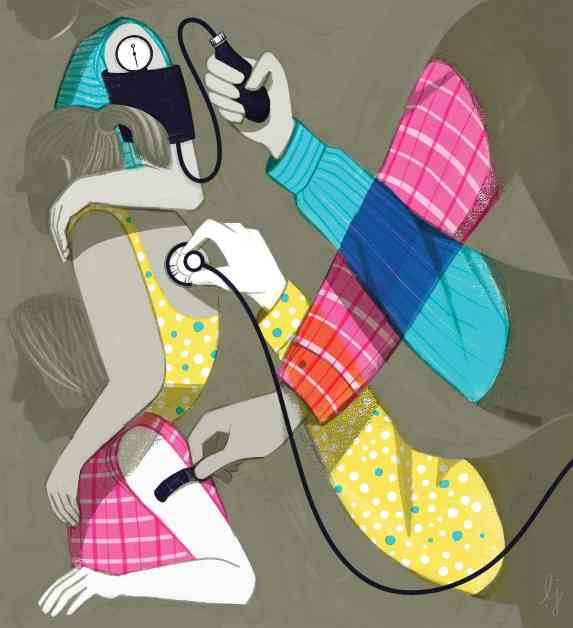California’s Inland Empire is a vast area east of Los Angeles, facing challenges due to limited resources, low incomes, and education levels. The region also lacks adequate healthcare providers to meet the needs of its growing population. Communication barriers between patients and healthcare providers, especially in Spanish-speaking communities, can impact health outcomes significantly. In response to these challenges, the Inland Empire Free Clinic was established in Colton, Calif., providing free health and medical care, with a focus on cultural competency.
Research has highlighted that patients with limited English proficiency face higher risks of hospital readmission and struggle with medication adherence. With over 25 million people in the U.S. having limited English proficiency, medical schools are now offering programs in medical Spanish to address these disparities. The California University of Science and Medicine (C.U.S.M.) has made medical Spanish a mandatory part of its curriculum since its establishment in 2018, emphasizing the importance of language concordance in healthcare.
Culturally sensitive care recognizes and respects the diverse backgrounds of patients, understanding that factors such as culture, ethnicity, and socioeconomic status play a crucial role in healthcare delivery. Hospitals and medical schools are incorporating tools and training to enhance providers’ sensitivity to language, traditions, and cultural expectations, ultimately leading to improved health outcomes. Addressing bias and stigma directly through culturally concordant care has been shown to benefit patients across various healthcare settings, from prenatal care to end-of-life decisions.
Maternal mortality rates in the U.S., particularly among Black communities, remain a significant concern. Initiatives like the Melanated Group Midwifery Care program at the University of Illinois Hospital aim to address these disparities by providing specialized care to Black pregnant individuals. By matching patients with Black midwives and expanding prenatal services in underserved communities, the program seeks to improve maternal health outcomes and empower patients to engage in their healthcare.
Medical schools nationwide are reevaluating their curricula to promote cultural sensitivity and address existing biases. Integrating information on racial disparities and cultural competence into medical education has been shown to increase students’ motivation to work in diverse communities. Temple University’s Lewis Katz School of Medicine, for example, has implemented changes to its curriculum following a review that identified instances of racial or ethnic stereotypes, leading to improved patient engagement and care.
In the field of radiology, cultural sensitivity is also crucial in ensuring accurate diagnoses and effective treatment. Dr. Hillel Maresky’s research on the impact of Black hairstyles on medical imaging has shed light on the need for greater awareness and education among healthcare providers. Understanding the cultural significance of hairstyles and their effects on imaging can help prevent misinterpretations and unnecessary repeat scans, ultimately benefiting patients and reducing healthcare disparities.
As healthcare systems continue to evolve, a human-centered approach that prioritizes cultural competency and communication is essential for delivering quality care. While advancements in technology offer new tools for healthcare delivery, the importance of human connection and understanding cannot be understated. By fostering a culture of inclusivity and empathy in healthcare settings, providers can ensure better health outcomes and positive patient experiences.










